 |
|
| Issue #48 • November/December, 1997 |
My family has made a practice of planting Irish potatoes in the fall rather than in the early spring. We tried it both ways for many years and our conclusions are that, season after season, fall planting seems to work better for us.
Here’s an illustration: last spring we dutifully planted our potatoes in March, which is about as early as we can work the land successfully. We planted the spuds six inches deep, and then we waited.And waited. And waited.In April the first signs of growth appeared, and in the cool spring the plants grew, barely noticeably. When the really warm days of May arrived the potato plants put on a growth spurt that was truly gratifying.
And in June, believe it or not, we had a series of freezes and the plants were killed back by frost. They never made a come-back. The entire potato patch was a total loss of time, energy, and a small amount of money.
Winter or fall planting
Now take a look at winter or fall planting. As soon as all the summer garden crops have been harvested, we till our potato patch and make our winter planting. When the soil is loose and well pulverized, we dig deep rowseight to ten inches. If you wish, you can use shallow rows and later pile dirt onto the top of the planted taters.
With the deep row open and ready, we fill the bottom of the row with dead leaves (You’ve been raking leaves from the yard anyhow, and this is a fine way to dispose of them), or we use pine needles. It’s good to have at least four or five inches of this dead matter in the bottom of the row.
Then set the potato eyes or cuttings in the row on top of the dead vegetable matter. It works better if you use whole spuds, particularly if you have some small ones that are really too little for good table use. Set the small potatoes a foot apart in the rows.
Now cover the potatoes with another layer of dead leaves, well-rotted sawdust, or other organic mulch material. You can use grass clippings or any other mulch available. Then add the necessary dirt to fill the row and even hill up the row slightly.
Admittedly, this type of gardening is a little harder, takes a little longer, and seems to be a total flop. But wait till spring and see the difference.
During the depths of winter the snows and rains will cause the mulch materials to decay and, as the mulch decays, warmth is generated, just as green hay or green sawdust will generate heat as it decays. The heat is generated for several weeks or even months, depending upon the amount of mulch used, and causes the potato sets to begin their growth cycle so that the roots begin to grow. The second layer of mulch and the dirt on top of it prevents the heat from escaping rapidly, while the soil on top is too cold for the plants to emerge from the soil. Small potatoes start to form very early, and they will grow all winter.
Obviously, the classic manure can be used as well, but this type of material tends to burn the roots of the tender plants. If you use manure, mix it with a generous amount of rotted sawdust or dead leaves.
When the weather is warm enough, the leaves of the plants will shoot forth, and because there is already a great root system the plants will be hardier and will grow faster. We asked a neighbor, a farmer, why the plants grow faster, and he gave us his theory:
The plant when young has a struggle, he says, to provide enough nutrition and growth power for both roots and shoots to grow, and the result is that both are often weak and fragile, more vulnerable to insects and cold snaps.
If the roots are already established, the growth energy can be used by the above-ground plant without robbing the tubers below the soil.
You can add a small amount of commercial fertilizer, if you wish, by sprinkling it along the rows. But the decayed mulch is providing its own fertilizer power by this time. The results are that by very early spring (unless you live in a frigid part of the country) you will have large, sound, beautiful potatoes long before your neighbors have any to harvest.
And this is only part of the beauty of winter potatoes. Because the early growth is done underground in cool weather, the above-ground plants will mature earlier than they would in the usual form of gardening, and you will be ready to harvest before the insects above and below the soil surface appear to devour plants and tubers.A bonus of this type of planting is that the crop is harvested early enough that you have time to have a second or even a third crop on the same plot of land, especially if you live in an area where the growing seasons are longer.I confess that I don’t know how this system will work where the winters are brutal. What succeeds in the Piedmont of North Carolina may not be successful in Minnesota or Montana or Maine.Give it a try this winter, but you may wish to try only a small patch of potatoes until you see how the system works. If you are pleased by the results, then next season try it on your larger potato patches.


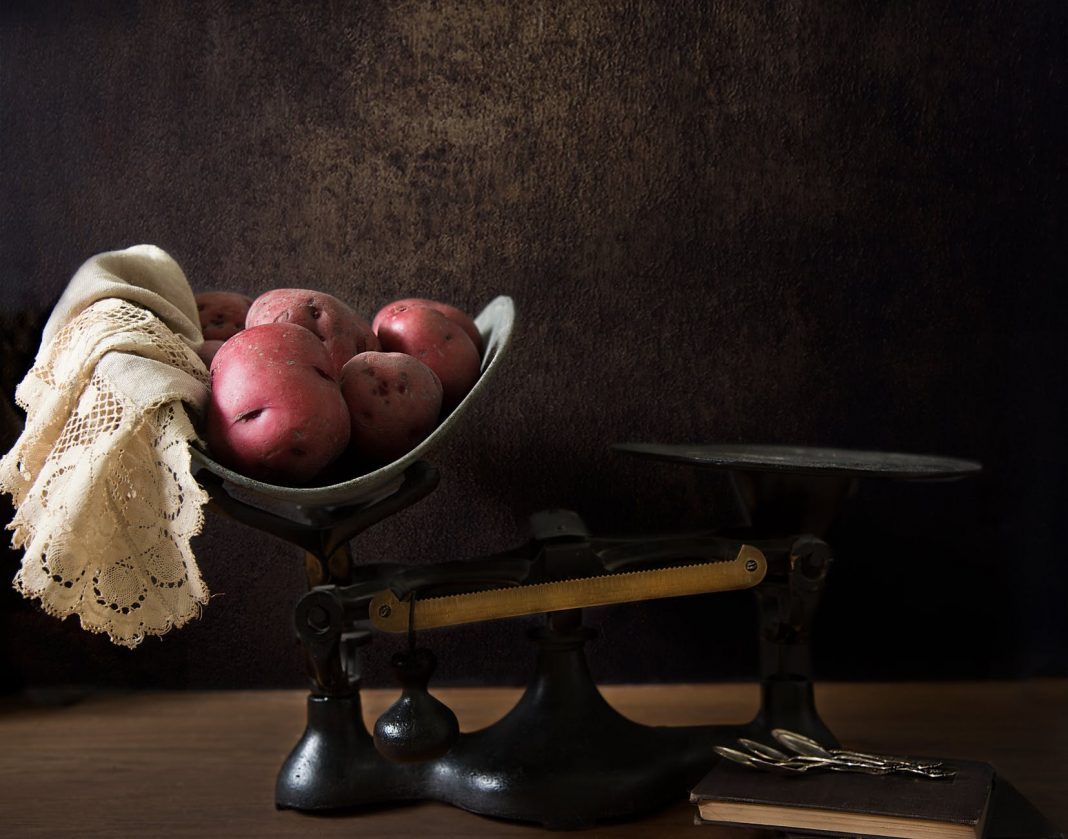






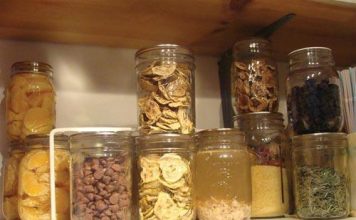

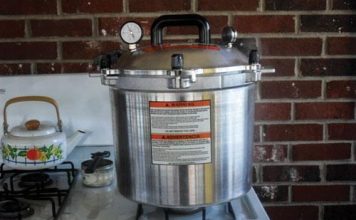
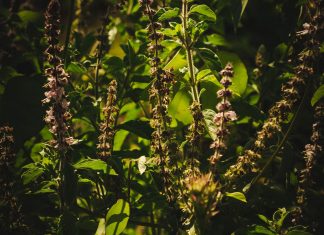
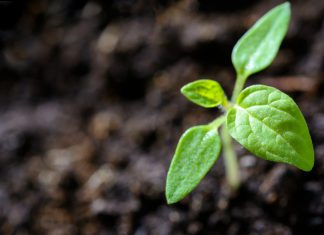
Your picture shows red potatoes but most other articles about Irish potatoes show white ones. Which are best for winter planting ? I’m in SE WA state where it’s cold and dry in winter. Thank you
Sharon
Your picture shows a red potato but other articles about Irish potatoes show white ones. Which are the best for winter planting. I’m in southeastern WA STATE where it’s dry and cold in winter.
Does this method work w/ other varieties or does it have to be Irish potatoes?
bucket taters in Tucson via heat and grow lamps first time have just begun to pierce thru the soil with a little green, very cool. 3inch mulch,manure and compost on bottom lay them on top eyes up and put 3 inches of manure potting sold over them. Just coming up now and get a little wet but not soaked. so far so good as this is super fun. I need my desert spring next month to get my vine plants moving forward. have fun eat well
We live near Joplin Mo…have had a similar problem with our spring potatoes. If we did get any produce, the were small and not good eating at all. We wish to try the Irish potatoes, but can’t seem to find any to purchase. Any suggestions??
I grow taters year round in tubs both outdoor in early spring and fall and in my greenhouse in winter.
@Mike Mosley – Can you please share your process for planting in Michigan?
I would like to plant small tiny new potatoes in the summer for a fall 2nd crop. These are potatoes that I normally would discard because they are too small to try to cook. What are the chances of growing a 2nd crop in the fall from these tiny new spring potatoes?
In Michigan I plant carrots and potatoes in September. Come spring when the garden is plowed for the new year I walk behind the tractor and pick the very tasty and big carrots and potatoes. The first time I did this the 60+ year old lifetime farmer that plowed my field could not believe the vegetables being plowed up. We gave him a bushel full.
When should I plant potatoes in the fall? I’m in Tulsa, OK and we get our first frost around the first part of Nov. And should I plant in a covered tunnel? I have a 50ft x 14ft covered tunnel that I can use.
When it’s time to harvest are they 10 inches down or do they actually produce higher